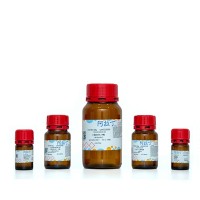Gas Chromatography of Amines and Their Metabolites in Tissues and Body Fluids
互联网
610
Gas chromatography (GC) is a technique used to separate and quantify the components of a mixture of volatile compounds by partitioning them as vapors between two phases—a stationary and a mobile phase. The stationary phase is contained in a narrow tube (the column) through which the mixture of compounds to be separated is percolated in a stream of gas (the mobile phase or carrier gas). Commonly used carrier gases are helium, nitrogen, and hydrogen. Although the stationary phase can be a solid (hence the term “gas-solid partition chromatography”), it is most often a high-boiling, virtually nonvolatile liquid. When this is so, a more precise, but rarely employed, term for the separation technique is “gas-1iquid partition chromatography ” The shorter expression, “gas-liquid chromatography” (GLC), is stall encountered; however, the technique is now most commonly referred to as “gas chromatography” or GC.






